‘We’ve forgotten about the concept of convalescence’ – I have chronic pain and limited mobility, but this pacing technique helps me clean my home
I’ve been in severe pain for more than 20 years and this method transformed my life. It can help you too


I have been in chronic pain since my early teens, and now at nearly 40, my illnesses are worse then ever. The only way I get anything done, be it cleaning my home, looking after my child or working is with carefully managed adapative pacing.
If you are chronically ill, suffer fatigue, or are dealing with aches and pains that are getting in the way of your day-to-day chores and housekeeping, my expert guide with advice from a top psychologist on this technique will help you get back on track.
Once you learn how to do adaptive pacing, it can make it possible to put cleaning tips into play and other tasks around the house without extra pain, fatigue or new injuries.
How to use adaptive adaptive pacing when cleaning
Firstly, let’s break down what adaptive pacing actually is.
Dr Meg Arroll, psychologist and international best-selling author, says, ‘There are three basic facets: knowing your baseline which is the amount of activity (such as cleaning) you can do before becoming symptomatic or your symptoms worsen, developing sustainable activity levels, and pacing up, where you safely increase activity.’
Adaptive pacing therefore allows you to work with your body, rather than against it and can be applied everywhere in your life from cleaning to socialising.
If you’re wondering if this really works, I have a few very painful conditions including hypermobile Ehlers Danlos syndrome, which leads to daily dislocations and injuries, as well as severe endometriosis, which brings a host of pain and inflammation. Add that to an immune condition that makes my blood pressure plummet for no good reason and well, my life is extremely hard. It also makes tidying and cleaning overwhelming.
On any given day, I am not well enough to get out of bed. And yet, I still have to live, which means taking care of my child, contributing to our household cleaning and working. If I did my tasks without adaptive pacing in play, I would end up in bed for days, if not weeks.
‘By sheer coincidence, I also have hEDS and Stage 4 endometriosis, which was misdiagnosed for over two decades,’ Dr Meg adds. ‘I learned about adaptive pacing in an attempt to self-heal as some of the approaches prescribed to me were making my symptoms much more severe.
'Through adaptive pacing, I have been able to get the very most out of life and in my home, even with these long-term conditions. I would say this technique saved my life, as the frustration and isolation from having a long-term condition can be devastating.’
Adaptive pacing is transformative for those living with chronic health issues and will help make cleaning your house more manageable. Just be patient as it will take a bit of time to get learn what works for you.
‘Remember that you are investing in your health and yourself,’ Dr Meg adds. ‘Acknowledge the frustration, know that it’s a perfectly normal emotional reaction to the situation, and reassure yourself that you are worth this effort.
Here are the steps:
1. Find your baseline
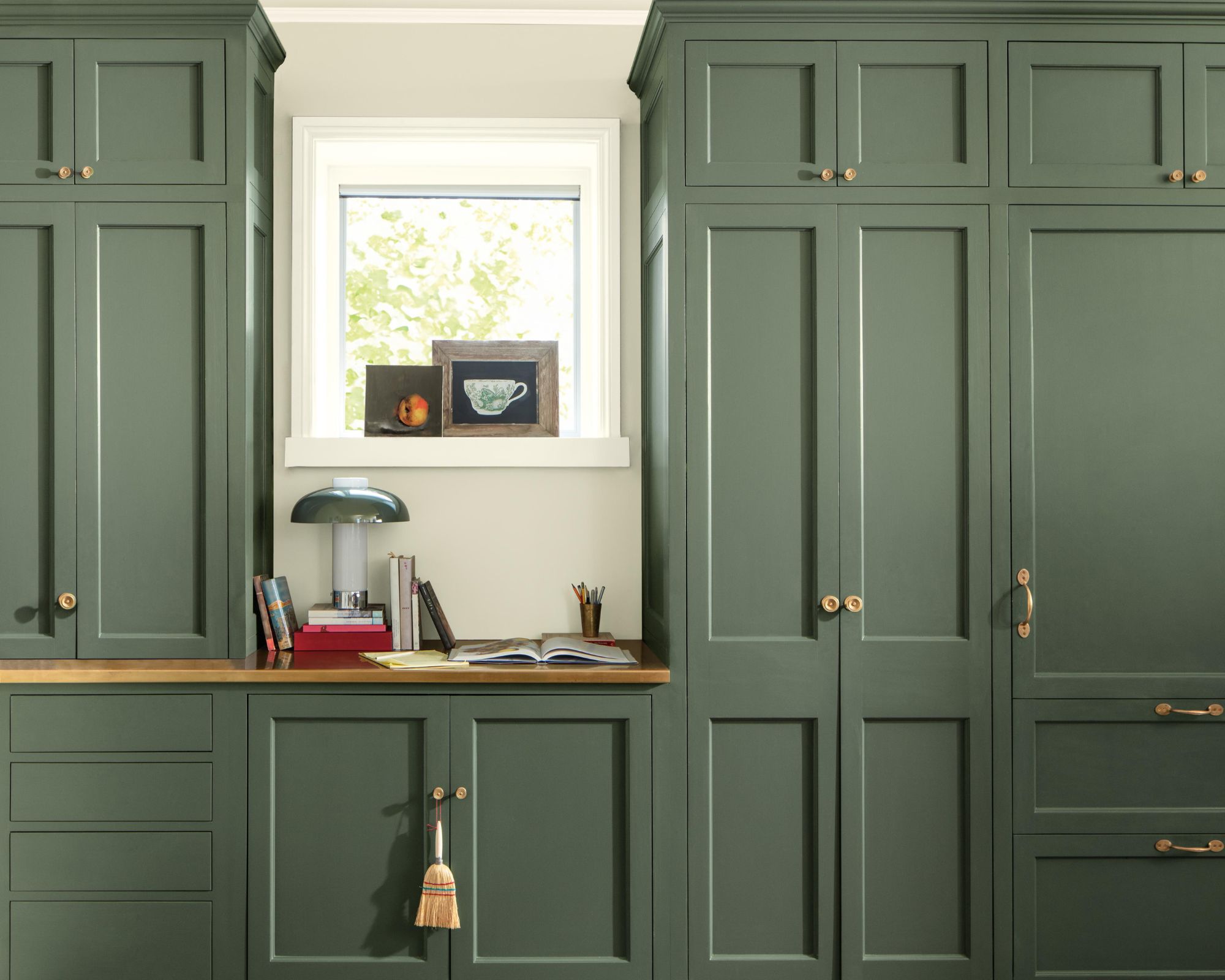
To begin, you’ll need to understand what your baseline looks and feels like. That means observing how much cleaning around the house you can do in one go, in a day, and across a week without going into a pain or fatigue flare, or injuring yourself. Usually, a one-week window of baseline observation is enough, but if this coincides with a flare, it may take you longer to figure this out.
Keep a diary to help you connect the dots will help.
Dr Meg says, ‘The easiest way to find your baseline is to use an activity and symptom diary. You don’t need a special app or technology; a simple pencil and paper method will do.
'If you’re very symptomatic or experiencing brain fog, ask a family member or friend to help. Use one separate sheet of paper for each day and divide it into hour slots in rows. In three columns place ‘activity’, ‘symptoms’, and ‘other factors’ (e.g an occasional occurrence such as a sick child, or a big event). Complete this diary for at least a week, including weekends or ‘down days’ for a complete picture of your baseline.'
An hourly planner, available at Amazon, may help.
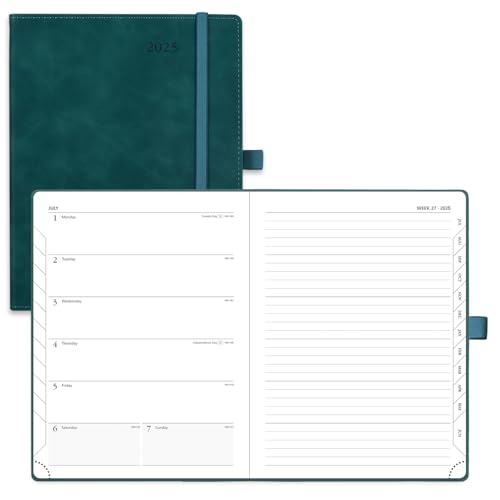
Having a week to view diary like this can give you a snapshot of how your cleaning, work, life and socializing tasks are stacking up. Make notes too about the fall out of doing certain cleaning tasks and how much recovery time you need to help shape your pacing later.
2. Categorize tasks
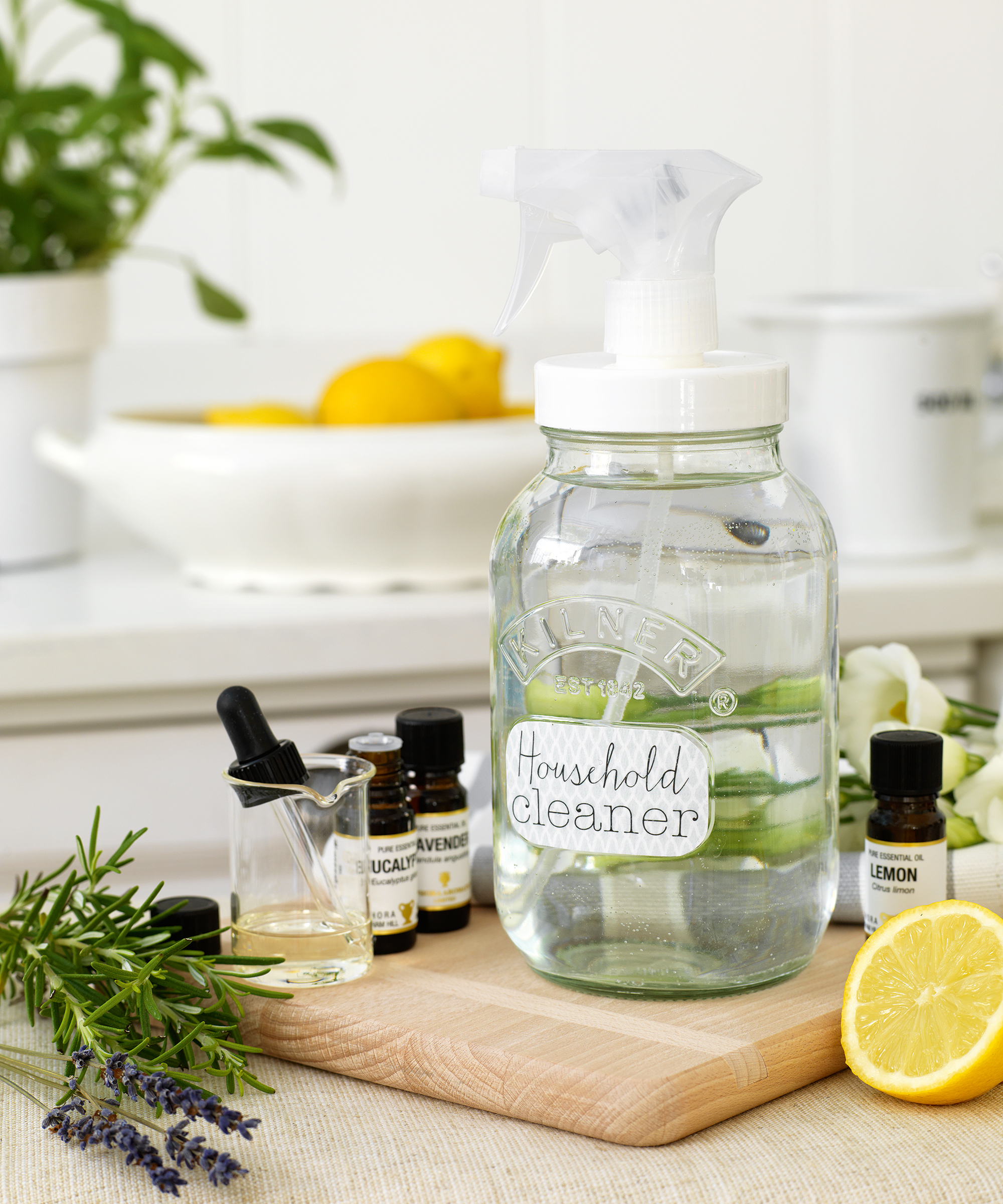
In order to pace yourself well later, categorize your daily activities and tasks - not just the cleaning ones - to identify which ones are more intense on your body. I find cleaning the dishes, and cooking the most physically taxing and likely to injure me, but I also know that showering is hard on me so I need rest and recovery time afterwards.
Categorizing all three as high energy and high pain tasks that need to be done in stages or buffered with down time helps me pace myself properly. I don’t cook and clean the kitchen on the same day, for instance.
Dr Meg advises the next steps. She say, ‘Highlight each activity with a color-coding traffic light scheme.'
She advises using the following categories:
- Low demand activity in green, such as cleaning a side table.
- Medium demand activity in amber, such as washing-up.
- High demand activity in red, such as vacuuming.
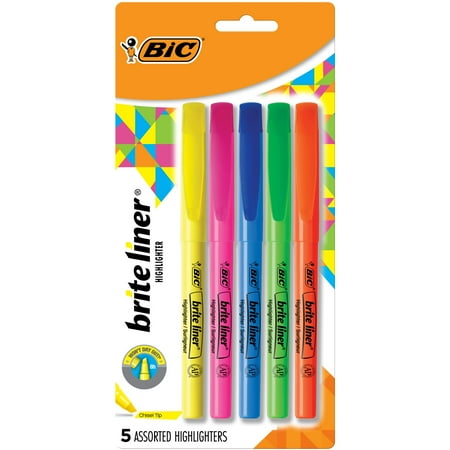
I use a color coding system to easily identify my low, medium and high intensity cleaning and life tasks in my diary. When I switched to a digital diary, I used my calender’s color coding function to diary everything in my life, allowing me to understand at a glance, which weeks allowed me enough room to have a high intensity social event in the mix.
Dr Meg adds, ‘By using a different color for each activity category, it will be easy to understand your current pattern when you come to review your diary. Remember that not all tasks and activities are ‘active’ as some can be emotionally or mentally demanding, such as a draining phone call with a family member.’
3. Diary your tasks for sustainable activity
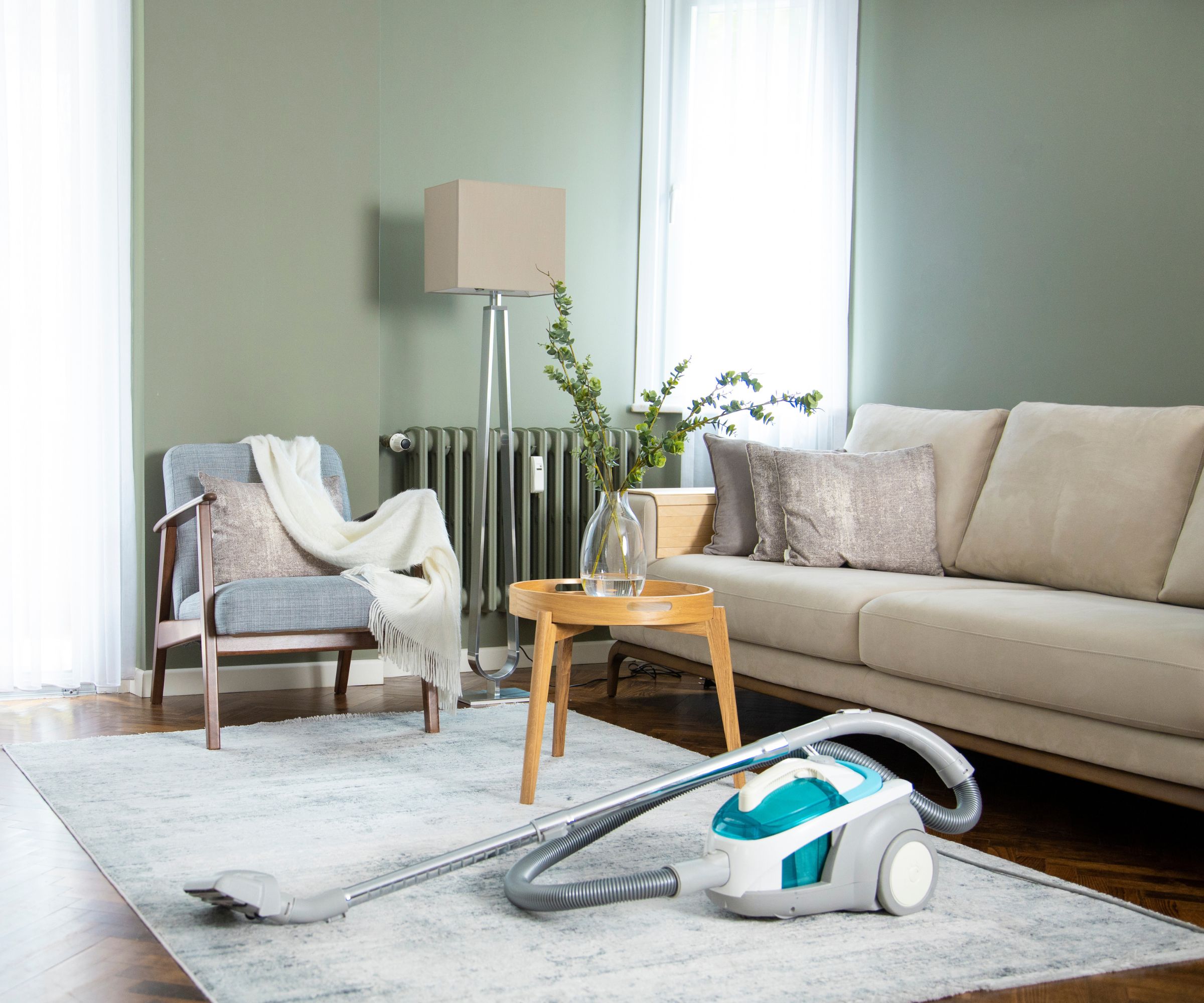
Once you have established your baseline and task intensity levels, plan your chores.
‘Don’t overload one day or section of the day,’ Dr Meg advises. ‘Splitting your day into ‘morning’, ‘afternoon’, and ‘evening’ can be helpful.
'The aim is be able to maintain your baseline level of activity over time, without triggering a flare. You may be very tempted to veer into the ‘boom-and-bust’ pattern of activity where you rush to get all the tasks on your cleaning checklist done that have been piling up, but this only leads to more symptoms and poor health.
‘To help you reach a point where your health is more stable, use your diary to keep track of any activity and symptoms so there is no guesswork or assumptions around this important aspect of your recovery. If you have a flare, go back and reevaluate your baseline.
If you live alone, consider hiring professionals for the bigger, labor intensive items or going hands free on tasks that you can, such as vacuuming. I tested, reviewed and kept the outstanding 5 star eufy Omni S1 Pro robot vacuum and mop because it reduced my canister vacuum use by a whopping 90% and meant I could ditch the guilt of not being able to vacuum daily like I used to 10 years ago as my disease has progressed.
Of course, even if you have the best robot vacuum, you'll still needs to get your canister or cordless out for the stairs. In my house that is very much a job for my partner!
On that note, don’t be scared to delegate the pain or fatigue-heavy tasks to other household members, especially those who are fitter and stronger, or calling in professional cleaners.
Sometimes, it’s necessary to call in the pros, and there is no shame in that. If you’re not sure, delve into our expert guide detailing the signs it’s time to hire a professional cleaner.
Dr Meg adds, 'Remember, the aim here is to support your recovery. If thoughts such as That’s my job, as my partner supports us financially start to pop into your mind, acknowledge it, but remind yourself that adaptive pacing is a process of recovery.
'If you start to feel overwhelmed with feelings of sadness or guilt, speak to your loved ones. In fact, getting your family on board with this technique from the start will be incredibly helpful to limit the urge to boom-and-bust.'
It's also helpful to keep in mind that you can hire professional cleaners or organizers for one-off deep cleans. It can be as regular or ad-hoc as you need.
4. Pace up slowly
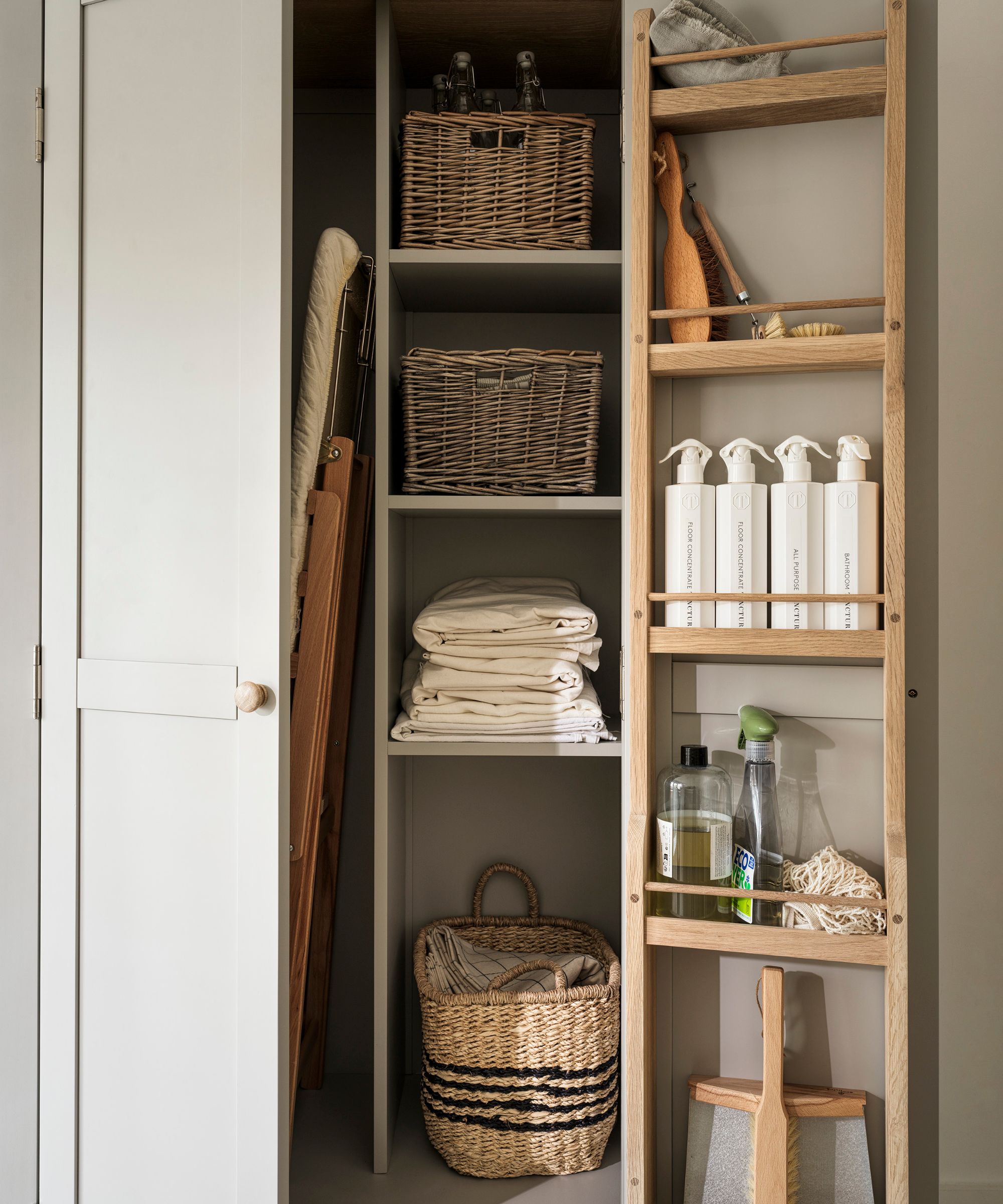
Once you’re in a good rhythm, start pacing up – but use this crucial barometer first.
Dr Meg says, ‘Before you pace up, ask yourself if you can confidently sustain your current activity level on both a good and a bad day? Everyone is different so please resist the urge to compare yourself to others.
'To pace up effectively, use stop rules – knowing when to stop doing an activity so you don’t push yourself too far. Unhelpful stop rules include 'fighting it' and perhaps surprisingly, 'listening to your body.'
You can try quick cleaning or tidying methods such as the 30 second decluttering rule.
Dr Meg adds, ‘People with long-term conditions get accustomed to living with high levels of pain or fatigue, hence why ‘listening to your body’ can be an inaccurate measure.
Opt for the ‘using time’ stop rule instead. Look at your diary and see the average amount of time you could sustainably maintain an activity. Break down tasks into these time chunks and insert rest periods in between only then, start to pace up by 10%.’
I have learned that it is very much OK to abandon cleaning and tidying tasks, and pick them back up later. You don't have to finish cleaning the bathroom, or decluttering your kitchen cabinets all in one go.
Dr Meg says, ‘If you can vacuum for 10 minutes sustainably but you know an entire room in your house will take 20 minutes, only vacuum for 11 minutes before you have a break in this pacing up phase. This is a progressive process and by using this protective stop rule, you will be able to safely increase your activity levels slowly and safely over time.'
She reiterates that everyone is different so start slowly. Larger increases may be achieved later in recovery so be as patient with yourself as you would be with a loved one recovering from a serious illness. If symptoms worsen or flare whilst cleaning, pace down before resuming.
5. Be gentle with yourself
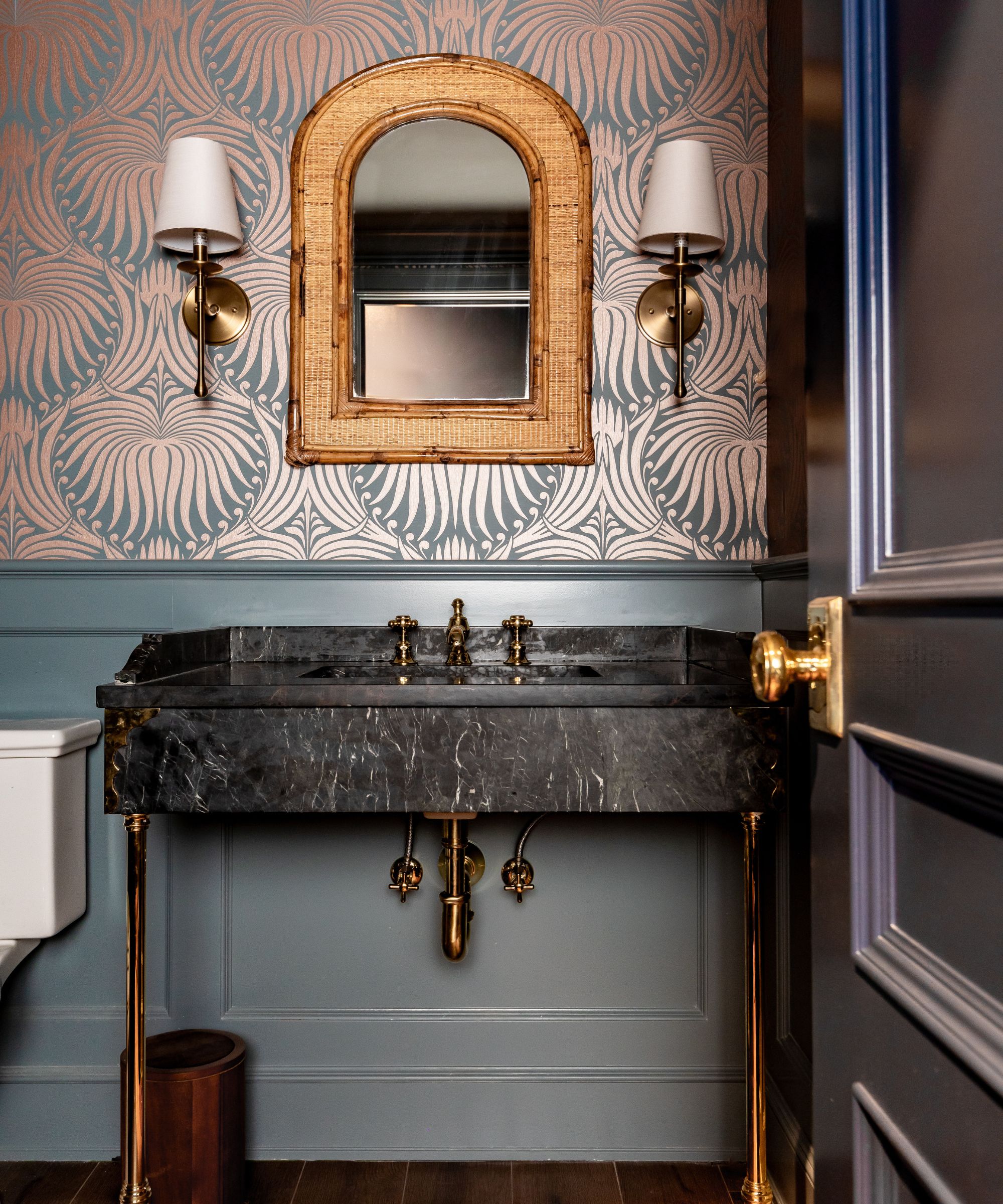
When we’re unwell, it’s normal to want to get back to our everyday lives as quickly as possible, but often this takes time, and long-term conditions aren’t the same as acute illnesses.
‘In our busy, modern world we’ve forgotten about the concept of convalescence, or taking the time and space to allow our bodies to recover,’ Dr Meg says. ‘This used to be a central part of health and medical practice, and it’s something that we can use to tackle long–term conditions such as chronic pain.
‘However, it can be challenging to get out of the mindset of quick fixes. Therefore, a helpful strategy to adopt and manage pain is to create a deep sense of self-compassion. Through every stage of this adaptive pacing program, view yourself as you would someone you care a great deal about – your child, partner or a treasured friend. Self-care and kindness are key to recovery.'
Helpful tools for cleaning when adaptive pacing
Don’t shy away from using the many clever gadgets, inventions and products out there made with users like us in mind.
Dr Meg has her top picks. She shares, ‘Many people with long-term illnesses are sensitive to chemicals, which aren’t good for anyone! That’s why I love Grove products, available on Amazon for quick delivery, with its numerous chemical and fragrance-free.'
These are my top picks to help me clean despite all my pain and fatigue:
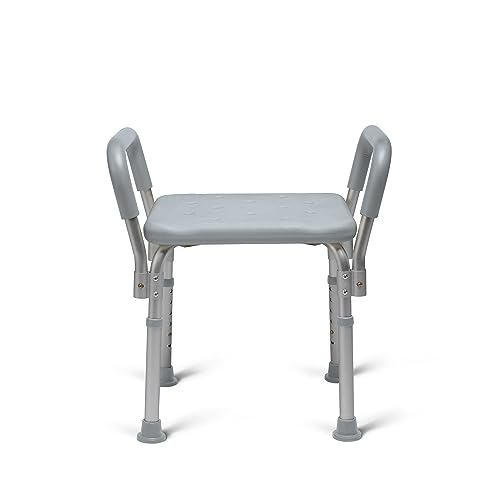
I can no longer stand for more than two minutes so instead of suffering, I sit. I also double up by cleaning the shower whilst seated. This style has proven to be very durable whereas the round ones break after 6-12 months.

Little and often is the key to maintaining cleanliness in my home. My husband and I both use a squeegee to wipe down the tiles and glass in our shower so less mineral deposits and soap scum build up.
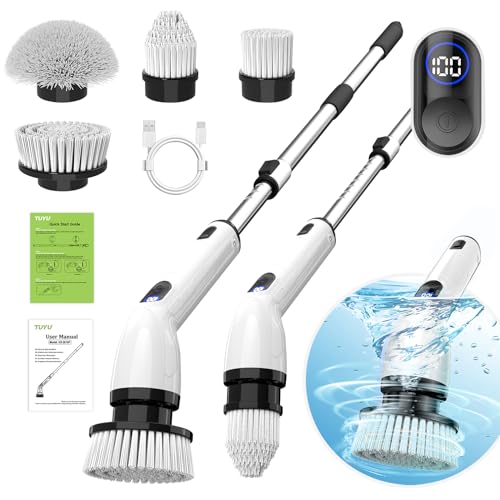
This gadget is on my wish list as I cannot bend down without dislocating my pelvic joints. Using a power scrubber with telescopic arm will lessen the strain on your joints and bring the elbow grease when you can’t.
Now you have adaptive pacing in the mix and on board for cleaning, delve into our Decluttering Library, packed with dozens of methods tried and tested by me and the wider Solved team.
They're broken down by who they're best suited to, and can be as quick as five seconds. It's the perfect place to start when adaptively pacing your decluttering and tidying.
Sign up to the Homes & Gardens newsletter
Design expertise in your inbox – from inspiring decorating ideas and beautiful celebrity homes to practical gardening advice and shopping round-ups.

Punteha was editor of Real Homes before joining Homes and Gardens as Head of Solved. Previously, she wrote and edited lifestyle and consumer pieces for the national press for 16 years, working across print and digital newspapers and magazines. She’s a Sunday Times bestselling ghostwriter, BBC Good Food columnist and founding editor of independent magazine, lacunavoices.com. Punteha loves keeping her home clean, has tested and reviewed the latest robot vacuums, enjoys cooking, DIY, and spending weekends personalizing her newly-built home, tackling everything from plumbing to tiling and weatherproofing.
-
 This is the single best upright vacuum we've ever tested – and it's on offer with $130 off at Shark for a limited time only
This is the single best upright vacuum we've ever tested – and it's on offer with $130 off at Shark for a limited time onlyYou won't want to miss this one
By Dan Fauzi
-
 Nate Berkus says slipcovered sofas are back on trend – and I just found a way to create this designer-approved laid-back look from just $86
Nate Berkus says slipcovered sofas are back on trend – and I just found a way to create this designer-approved laid-back look from just $86This classic style is making a strong comeback, but did you know you don't have to buy a whole new couch to get this Nate-approved look?
By Eleanor Richardson
-
 This is the single best upright vacuum we've ever tested – and it's on offer with $130 off at Shark for a limited time only
This is the single best upright vacuum we've ever tested – and it's on offer with $130 off at Shark for a limited time onlyYou won't want to miss this one
By Dan Fauzi
-
 I'm an expert vacuum tester, and no, you really don't need a mattress vacuum – here's what to use instead
I'm an expert vacuum tester, and no, you really don't need a mattress vacuum – here's what to use insteadBefore investing in a new gadget, the tried-and-true methods still work
By Dan Fauzi
-
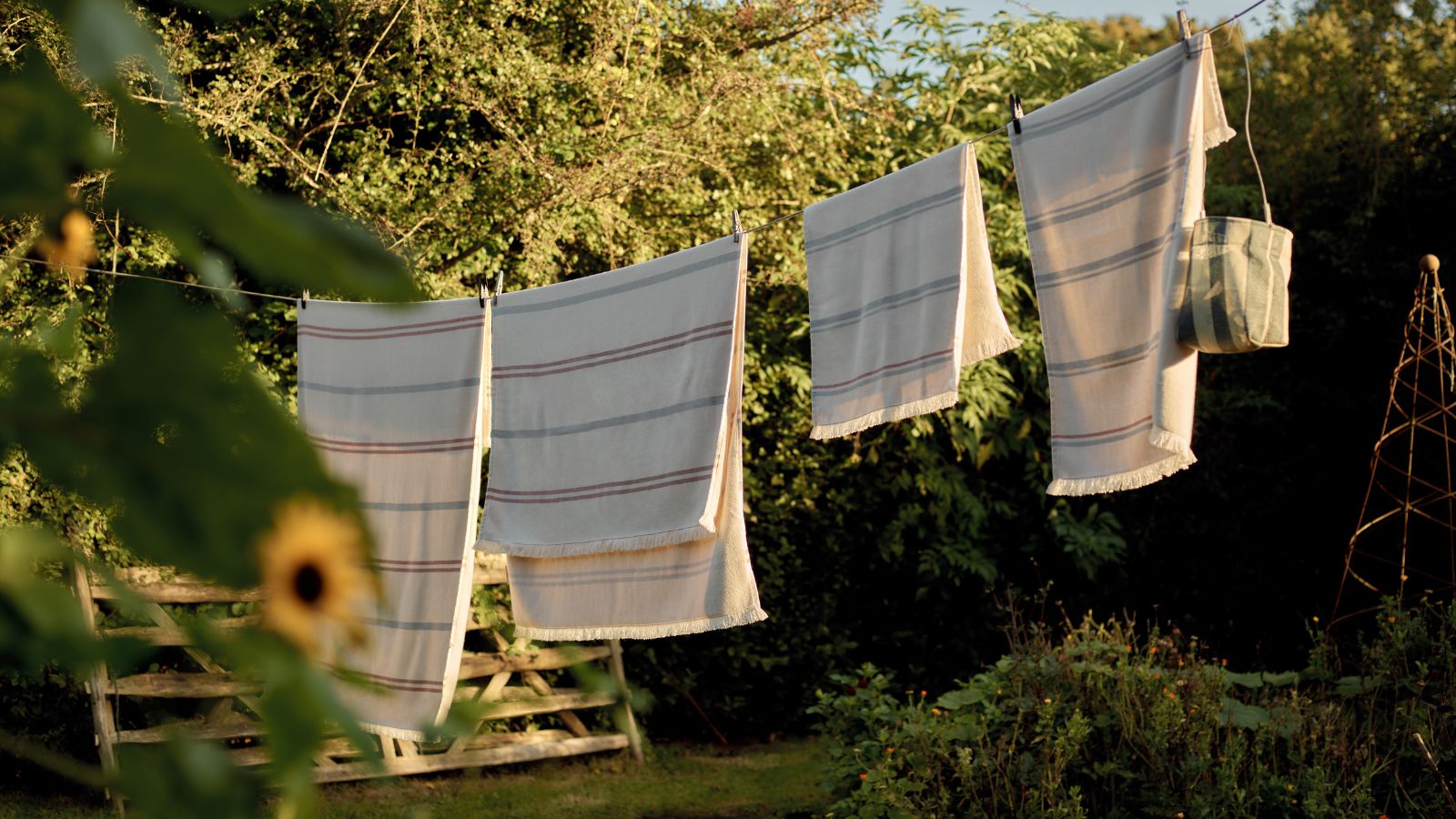 Should you dry your clothes outside if you have hayfever? Allergy specialists warn sufferers to steer clear of this 'major trigger'
Should you dry your clothes outside if you have hayfever? Allergy specialists warn sufferers to steer clear of this 'major trigger'Doing so can trigger asthma, coughing, itchy eyes and more
By Sophie Warren-Smith
-
 'It's not something I'm willing to budge on' – shoes on vs. shoes off, what type of household are you?
'It's not something I'm willing to budge on' – shoes on vs. shoes off, what type of household are you?Our professional cleaners are all in agreement on this one, but would you consider a switch?
By Ottilie Blackhall
-
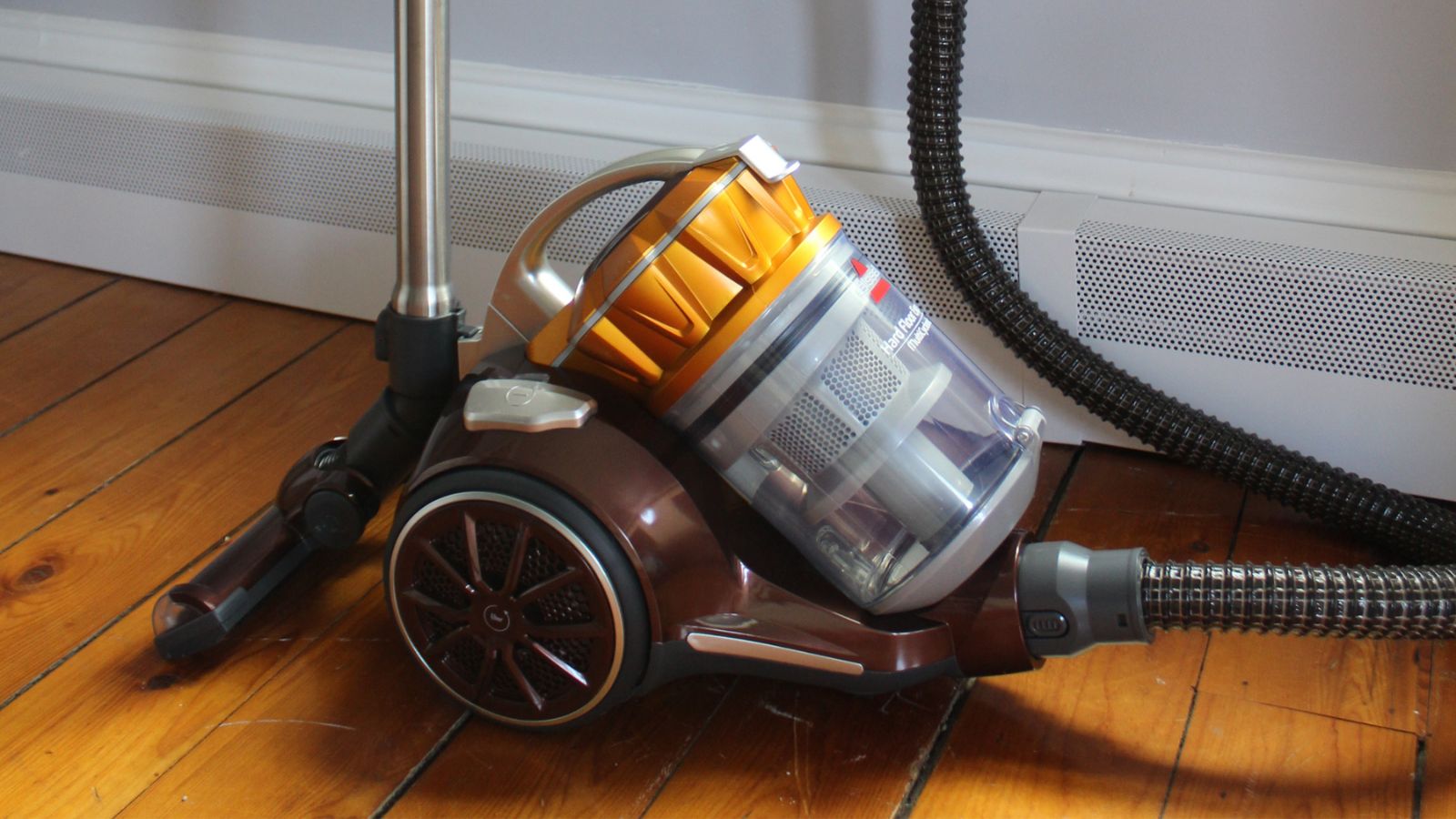 Bissell Hard Floor Expert canister vacuum review – if your home has smooth floors, this is all you need
Bissell Hard Floor Expert canister vacuum review – if your home has smooth floors, this is all you needAs the name suggests, this canister vacuum works wonders on hard floors, but even a low-pile rug is too much of a challenge
By Camryn Rabideau
-
 I tried this one easy dishwasher trick and made the annoying need for manual drying a thing of the past
I tried this one easy dishwasher trick and made the annoying need for manual drying a thing of the pastIf you hate those little pools of water left on your cups and crockery, this towel trick is for you
By Punteha van Terheyden
-
 5 freezer cleaning mistakes you must avoid – or risk compromising your food quality and shortening the lifespan of your appliance
5 freezer cleaning mistakes you must avoid – or risk compromising your food quality and shortening the lifespan of your applianceAvoid these blunders for a safer kitchen
By Seraphina Di Mizzurati
-
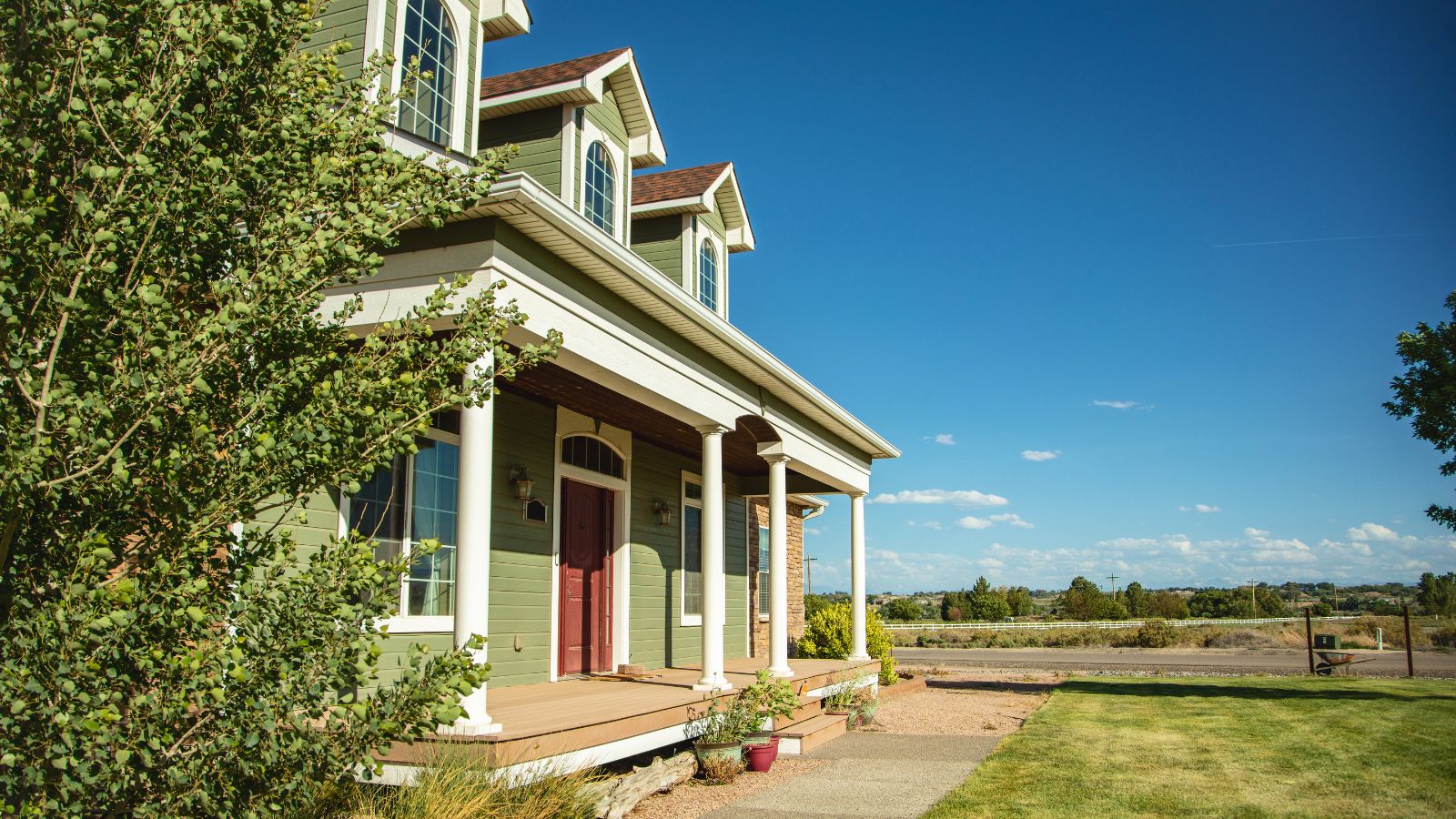 If your home's facade is riddled with cobwebs, this $12 tool makes cleaning once-unreachable spots simple and speedy
If your home's facade is riddled with cobwebs, this $12 tool makes cleaning once-unreachable spots simple and speedySay goodbye to cobwebs and hello to a fresh and clean facade
By Rebecca Shepherd